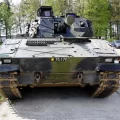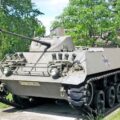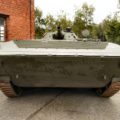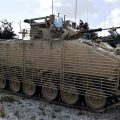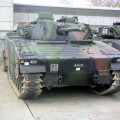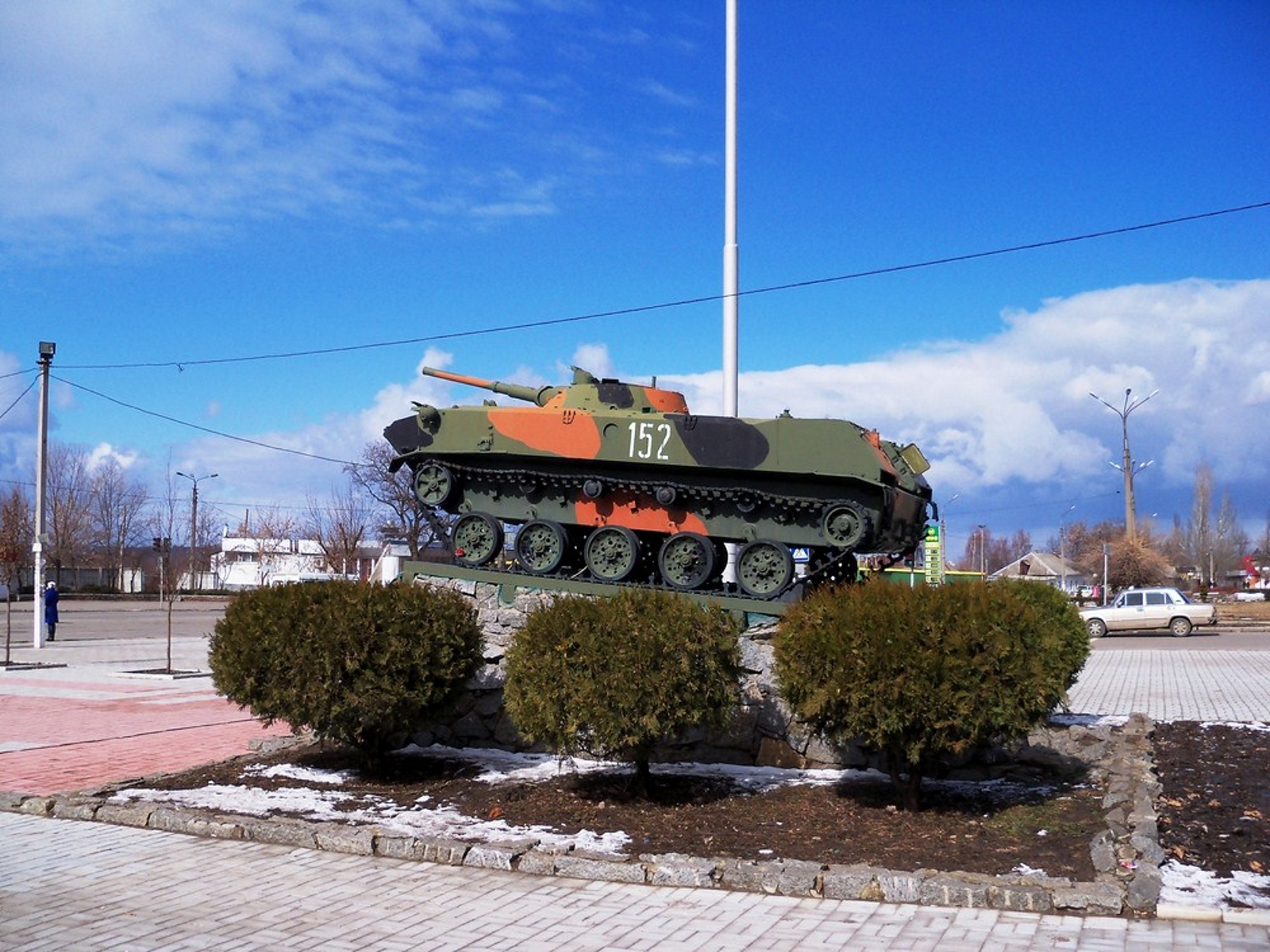
BMD-1 | |
|---|---|
| Land | Sovjet-Unie |
| Type | Amfibisch rupsgevechtsvoertuig voor amfibische rupsbanden |
| Periode | 1969-heden |
| Gebouwd | Onbewust |
De BMD-1 is een Sovjet lucht amfibische rups infanterie gevechtsvoertuig, dat werd geïntroduceerd in 1969 en voor het eerst gezien door het Westen in 1970. BMD staat voor Boyevaya Mashina Desanta (Боевая Машина Десанта, letterlijk "Gevechtsvoertuig van de Luchtlanding"). Het kan per parachute worden gedropt en hoewel het lijkt op de BMP-1 is het in feite veel kleiner. De BMD-1 werd gebruikt als een IFV door de luchtlandingsdivisies van het Sovjetleger. Er werd een verbeterde variant van de BMD-1 ontwikkeld, de BMD-2. De BMD-1 bood ook een basis voor de BTR-D airborne multi-purpose tracked APC.
Bron: BMD-1 op Wiki
| BMD-1 Rondlopen | |
|---|---|
| Fotograaf | Onbewust |
| Lokalisatie | Onbewust |
| Foto 's | 28 |
| BMD-1 Walk Around | |
|---|---|
| Fotograaf | Onbewust |
| Lokalisatie | Onbewust |
| Foto 's | 67 |
Gerelateerde kits:
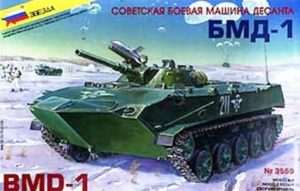
Kits zoeken op eBay:
The BMD-1 is a Soviet airborne amphibious tracked infantry fighting vehicle, which was introduced in 1969 and first seen by the West in 1970. It was designed to support the Soviet airborne forces (VDV) as a rapid deployment force. The acronym BMD stands for Boyevaya Mashina Desanta (Боевая Машина Десанта), which literally translates to “Combat Vehicle of the Airborne”.
The BMD-1 has a welded aluminium armor hull, which provides protection against small arms fire and shell fragments. It can be dropped by parachute from military cargo aircraft and is fully amphibious. It has a crew of two (driver and gunner) and can carry six troopers, including the commander and the machine gunner.
The BMD-1 is armed with a 73 mm 2A28 “Grom” low pressure smoothbore semi-automatic gun, which can fire both high-explosive anti-tank (HEAT) and high-explosive fragmentation (HE-FRAG) rounds. It also has a launcher for the 9M14M Malyutka (AT-3 Sagger) anti-tank guided missile (ATGM), which can be replaced by newer models such as the 9M113 Konkurs (AT-5 Spandrel) or the 9M111 Fagot (AT-4 Spigot). The BMD-1 also has three 7.62 mm PKT machine guns, one coaxial with the main gun and two in the front hull. A 30 mm AGS-17 automatic grenade launcher can be mounted on a tripod for dismounted use.
The BMD-1 is powered by a 5D-20 6-cylinder diesel engine, which develops 240 hp. It has a maximum road speed of 80 km/h and a cross-country speed of 45 km/h. It can swim at 10 km/h with minimal preparation. It has an operational range of 600 km on road and 116 km on water. It has an adjustable ground clearance of 100 to 450 mm and can overcome various obstacles such as trenches, steps and slopes.
The BMD-1 was used by the Soviet Army’s airborne divisions and exported to several countries such as Cuba, India, Iran and Iraq. It saw combat in various conflicts such as the Soviet-Afghan War, the Iran-Iraq War, the First Chechen War and the Nagorno-Karabakh War. It was later replaced by the improved BMD-2 and BMD-3 models, but some are still in service with some former Soviet republics and other operators.
Bekeken : 2314
